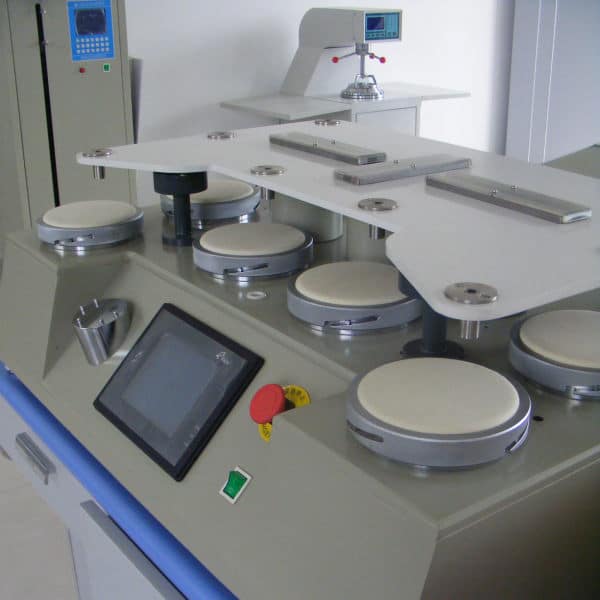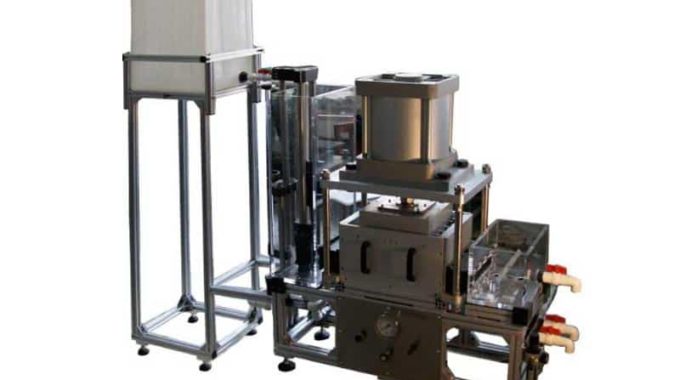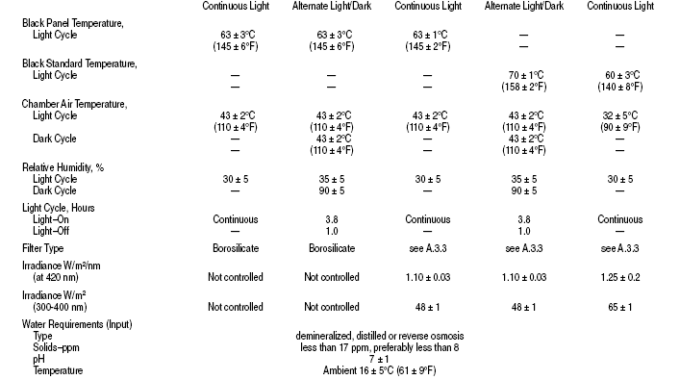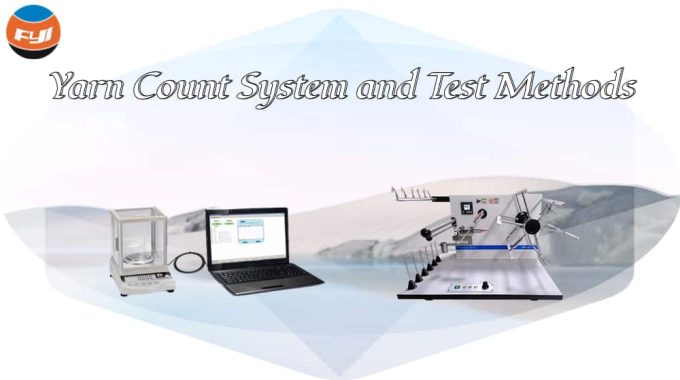Textile Testing Equipment Category
Textile Testing Equipment Category:
Textile physical testing properties includes yarn count, yarn linear density, yarn twist, single yarn/lea yarn tensile strength, yarn evenness, yarn hairiness, fabric GSM, fabric structure, fabric thickness, fabric shrinkage after washing, abrasion, pilling, snagging, knitted fabric stretch strength, fabric tensile/tear/peeling/burst/seam slippage/adhesive strength, fabric crease recover, fabric water repellency, fabric softness, fabric elasticity and resilience, fabric water permeability, fabric water vapor transmission, color fastness to washing.

Below are the simple introductions of above testing properties.
Yarn Count: Thickness of a yarn and is determined by its mass per unit length. It is usually measured by the number of grams per one kilometer of yarn, a unit of measure called “Tex”.
Yarn Linear Density: It is commonly measured in units of denier or tex.
Single Yarn/Lea Yarn Tensile strength: It is used to stretch a certain length of single yarn or lea yarn with CRE method to get its tensile strength and elongation.
Fabric GSM: An ounce of weight per square yard or weight per square meter.
Fabric Tensile strength: It is used to stretch a certain length of fabric with CRE method to get its tensile strength and elongation.
Tear strength: It is falling-pendulum (Elmendorf) method, determine the force required to propagate a single rip tear starting from a cut in a fabric, only suitable for warp direction tests of warp-knit fabrics.
Seam slippage: It is used to determine the strength when stretch the joint of the 2 fabrics by using CRE method.
Bursting strength: It is used to determine the performance when clothing against solid particulates.
Abrasion: The fabric sample is installed in the holder and abrade against the standard cloth under a certain figure. After a certain times abrasion, check the sample’s appearance against the standard photograph, evaluate the sample’s abrasion performance.
Pilling: The fabric sample is put inside a chamber and do a certain number of pilling & fuzzing test, then check the sample’s appearance against the standard photograph, evaluate the sample’s pilling performance.
Snagging: The fabric sample is get close to the pin and touch together, after a certain times’ touch, check the sample’s snagging performance.
Fuzzing: It refers to the tangled fiber on the fabric surface after fabric’s touch with other fabric.
Color Fastness: It includes color fastness to water, perspiration, saliva, seawater, washing, light, rubbing, ironing, etc. With above items, the color of the fabric will change, it is basic test in fabric.
Fabric Water Permeability: It is suitable for coated fabric, it is used to test the water permeability performance under a certain pressure.
Comments are closed.



Your writing is so simple and straightforward, yet still so meaningful.